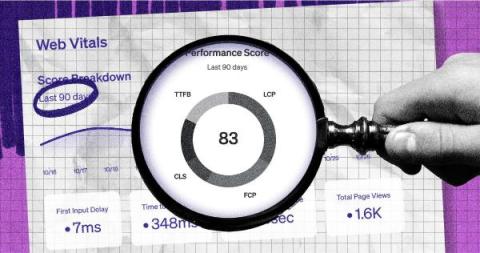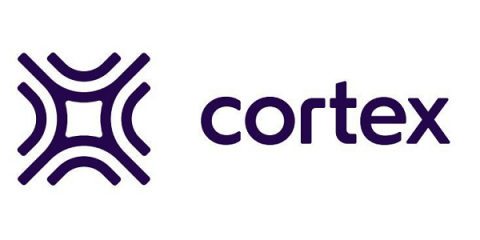Observability tools and Internal Developer Portals
Observability tools help engineering teams understand the health and behavior of software. But the term “health” in the context of this type of tooling is fairly narrow in scope—pertaining to real-time performance, reliability, and availability. While these are three important metrics to monitor, they’re lagging indicators of bigger issues happening upstream.










